‘If they don’t play, they will be furloughed’: The dilemma facing Premier League players
The Premier League’s ‘Project Restart’ plan has reached a crucial stage, writes Miguel Delaney. Players are realising that the lockdown isn’t just a threat to their health, but to their lifestyle and livelihoods, too

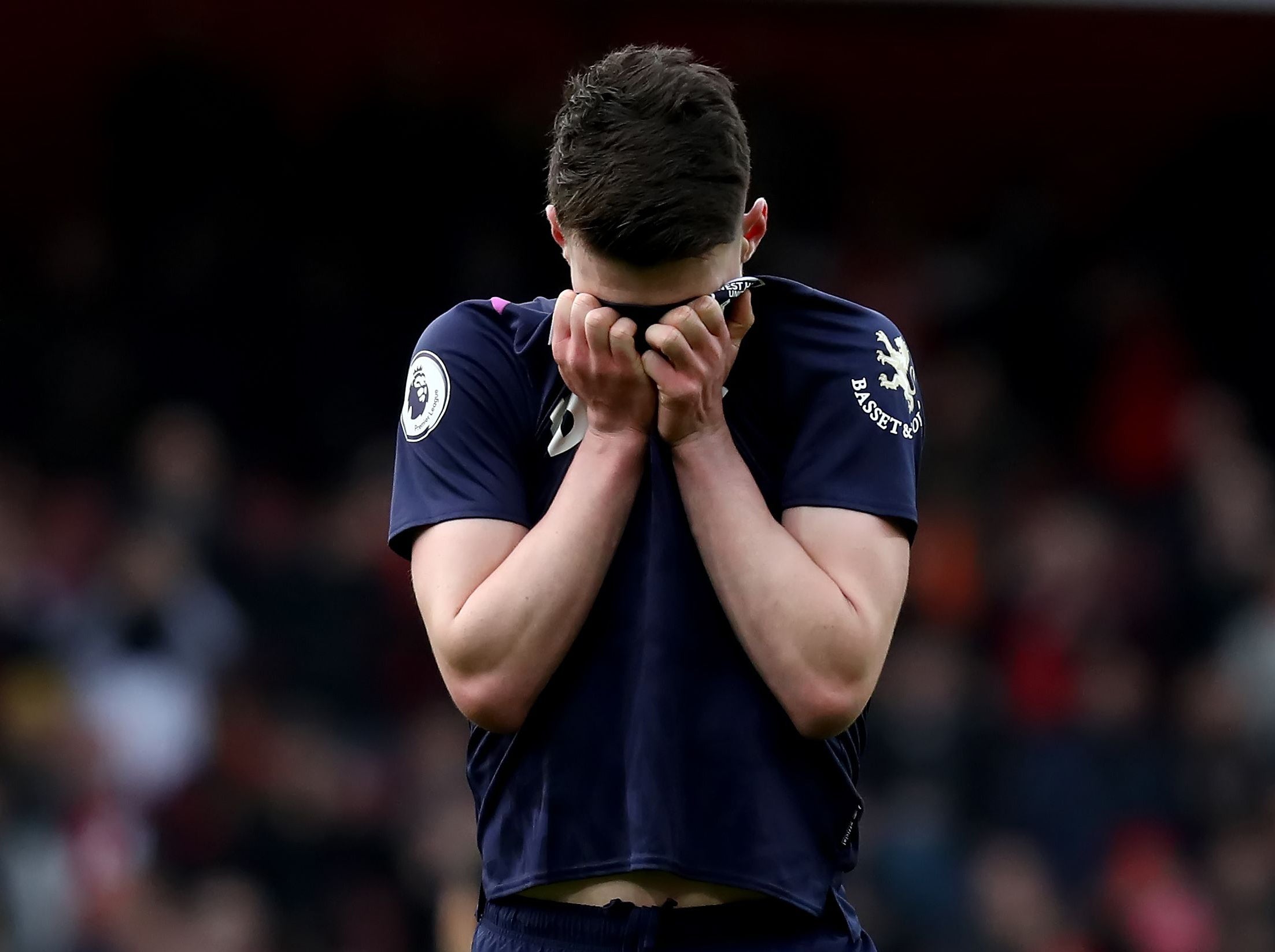
Your support helps us to tell the story
From reproductive rights to climate change to Big Tech, The Independent is on the ground when the story is developing. Whether it's investigating the financials of Elon Musk's pro-Trump PAC or producing our latest documentary, 'The A Word', which shines a light on the American women fighting for reproductive rights, we know how important it is to parse out the facts from the messaging.
At such a critical moment in US history, we need reporters on the ground. Your donation allows us to keep sending journalists to speak to both sides of the story.
The Independent is trusted by Americans across the entire political spectrum. And unlike many other quality news outlets, we choose not to lock Americans out of our reporting and analysis with paywalls. We believe quality journalism should be available to everyone, paid for by those who can afford it.
Your support makes all the difference.As Premier League captains like Troy Deeney studied the safety plans for Project Restart on Wednesday, many could be seen reading intensely, occasionally shaking their heads. It wasn’t always an easy videoconference.
The grand plan to get English football back has so far come through a lot of political manoeuvring, but could yet fall at the figures who should have been the first hurdle and on who it all depends: the players.
The vast majority of the captains want to get back on pitches as soon as possible, but are “unimpressed” with the majority of the plans. They’re also unimpressed they’ve been sidelined from talks so far, which has made them feel like ‘guinea pigs”. They think the plans are far too vague for something so serious. There is really only any detail for the first phase, which is non-contact training.
The Premier League say this is because it is a gradual process that needs to be taken step by step.
It has led to an increasing number of club officials saying something else.
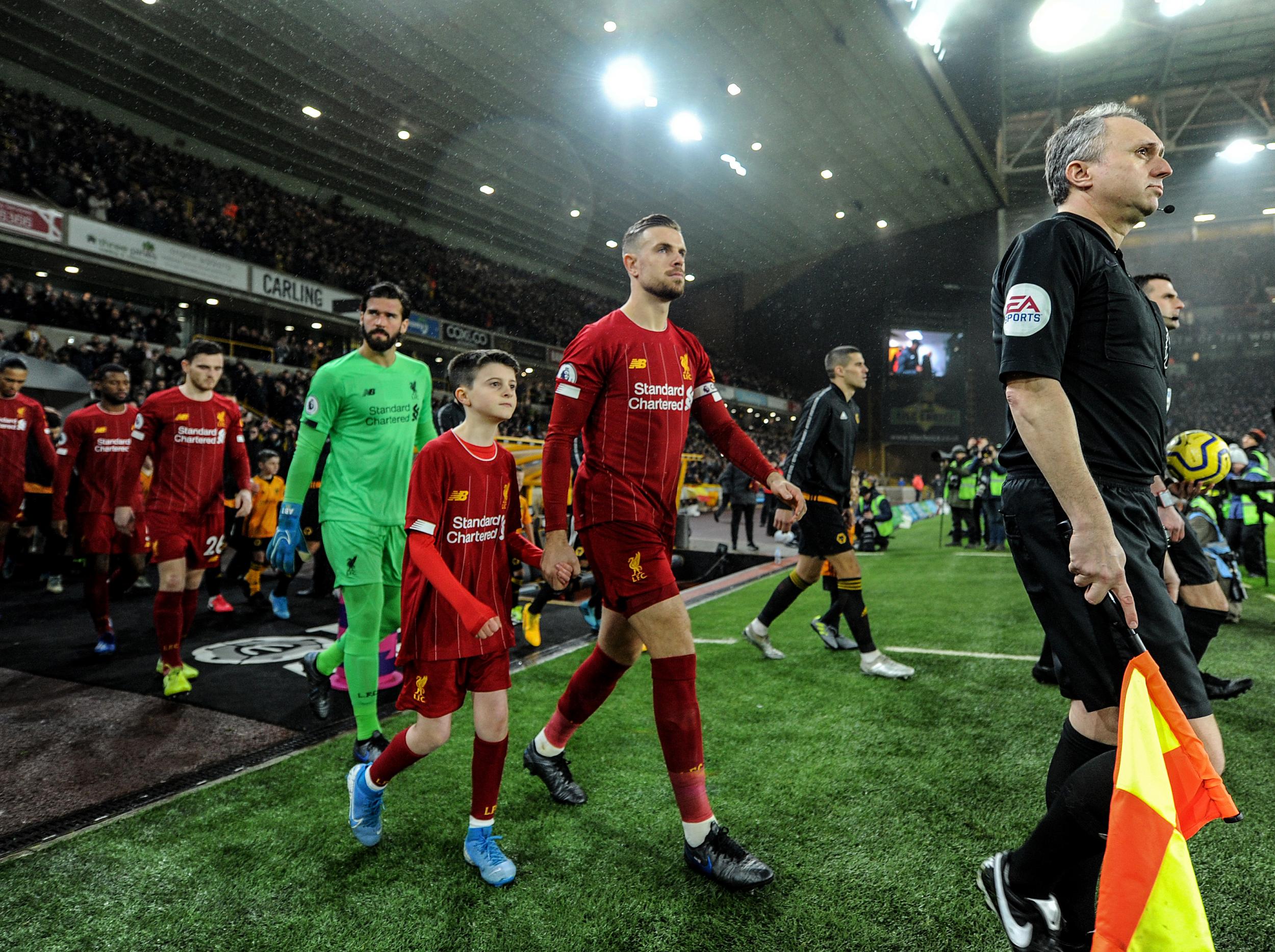
“If they don’t play, they will be furloughed.” That is a direct quote.
It may well be little more than leverage, but also points to the reality of the situation, and a real quandary for the game.
This is not to downplay the serious safety concerns players understandably have.
At the same time, the Coronavirus crisis isn’t just a threat to their health. It is a threat to their lifestyle and livelihoods.
There is a legitimate dilemma over what risks players would be willing to take if it otherwise means having to give up a lot of money.
That instinctively sound absurd, even grotesque, but the brutal truth is that it represents the “new normal” that was impressed upon the captains on Wednesday. All of life is going to involve similar assessments, not just football.
It is also why talk of a furlough – and the prospect of £100,000-a-week players suddenly reduced to £2,500 a month – is not fanciful.
“Football is a business like any other,” one sporting director told The Independent. “Unlike any other, it is not being bailed out. And if we’re not producing our product – which is games – we’re not earning money. You can’t keep paying people indefinitely.”
This is the real pressure beyond the government, or “the morale of the nation”. Football is like the airlines, in that it is a cashflow business. A lot of money goes through it, but that money tends to go straight back out, primarily on player wages. Now, the flow has stopped. Games have stopped. If that continues, some estimates have as many as four Premier League clubs going into administration by autumn. Others will have to make hard decisions.
This was again made clear to the players on Wednesday.
While it might be easy to count the cost, though, it is far from easy to discount the fear of the players.
They are very real, and make this very challenging. They ultimately have a worker’s right to a safe working environment, and are correct to feel strongly about this.
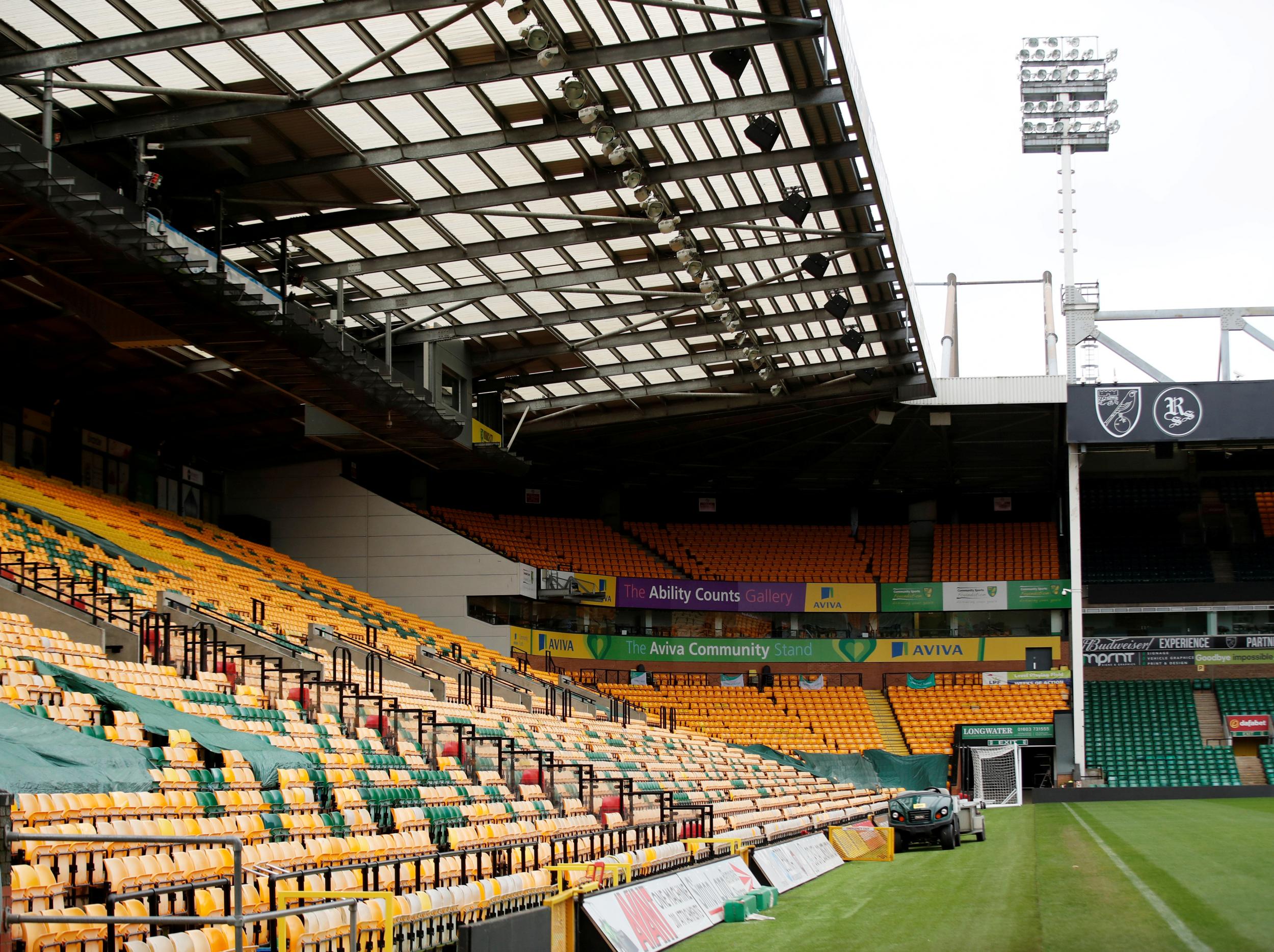
The most immediate concern regards phase two of the return: full contact training in groups. While the captains are happy with phase one – which will involve socially distanced groups of five working with three coaches, and is due to start on Tuesday – they do not want to sign any forms until they have seen the plans for phase two. They are naturally more complex, and won’t happen until next week.
Many in the game believe convincing them is the single biggest obstacle to getting back playing.
The players’ thinking here is very simple. They want scientific reassurance that it is safe, and that they can be comfortable around their families thereafter.
Some of them have brought extended families and entourages into big houses over lockdown. Some of them, or their family members, also have health conditions like asthma that put them at greater risk. Others have been poring over the PFA advice on the increased risk to BAME players.
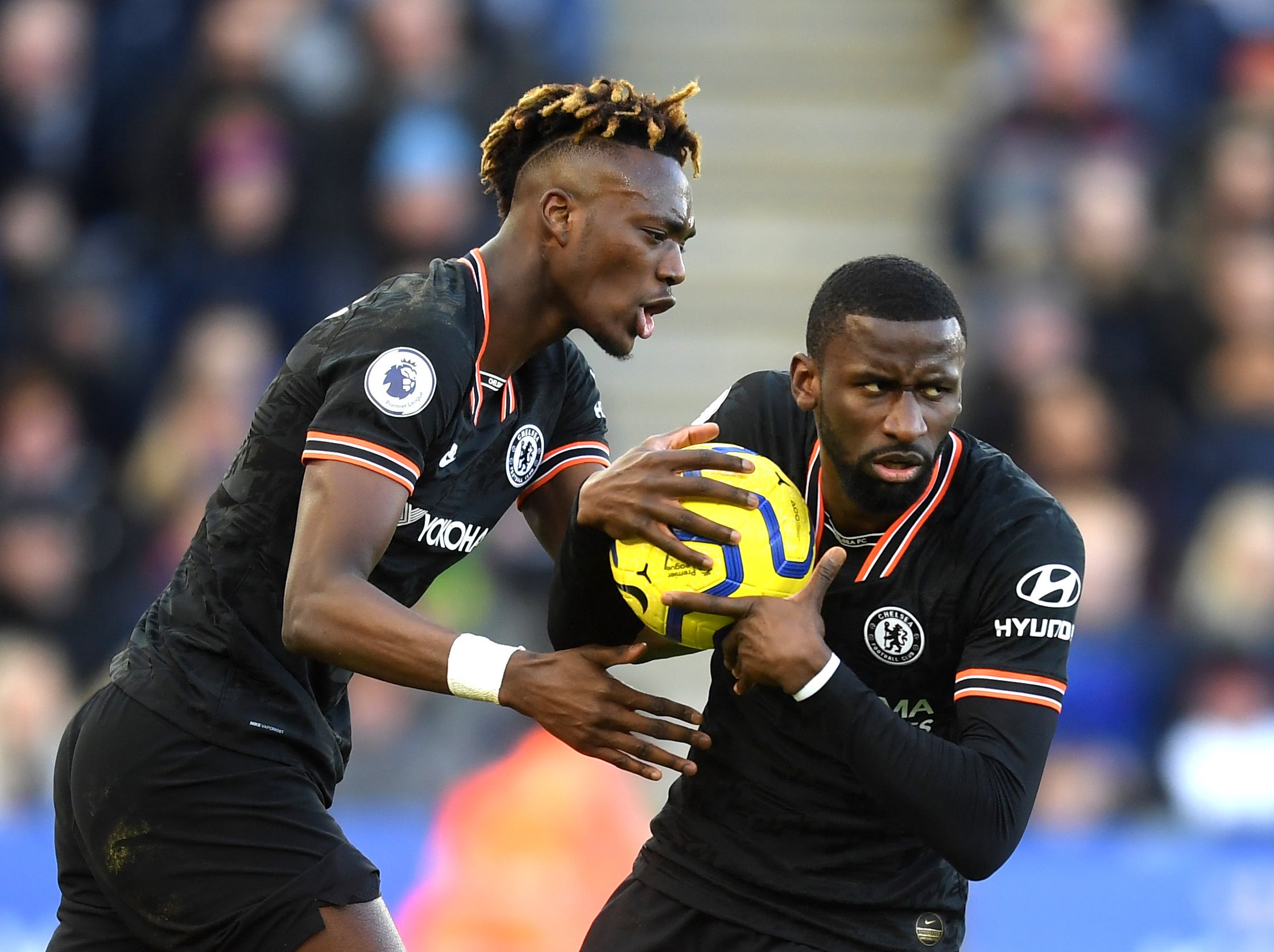
These are all real concerns that further complicate the dilemma. In the meantime, they have been whatsapping each other the latest news stories about Coronavirus and sport. They naturally tend to be contradictory. Many say sport outdoors is the safest working environment possible. Others warn of the danger of sneezing.
It is why there is disbelieving laughter when they see impractical guidelines like turning your face away after a tackle.
Against that, the Premier League clubs have been attempting to press an attitude of practicality.
They are setting out all the scientific advice available to them, and have already informed the players that full training and matches are actually safer than going to the supermarket.
That was met with a few jibes about “having a choice”, but the clubs are set to respond with more rigorous research over the next few days.
One white paper by STATSports – the company that produces GPS vests for 15 Premier League clubs – shows that incursions during training sessions last an average of 3.3 seconds, and the majority fewer than one second. These are considerably lower than the threshold in WHO advice to avoid contracting Coronavirus, which actually amounts to 15 minutes. Training can even be adapted to bring that number lower.
The point isn’t that such studies alone are expected to allay fears. It is that they are one part of the picture. The clubs want to show they are assessing all the different areas of concern, so there is greater safety at every turn, and different “building blacks” are put together.
Combined with regular resting and “bio-secure” environments like changing rooms, the argument is that coming into contact with infection is close to impossible.

It is planned to present all this to players over the next week, in order to reassure them about step two, and show in black and white what it will entail so they can form a fuller picture.
“They’ll have far better healthcare than anyone,” one source said. “They’ll have more tests than anyone. They’ll be some of the safest people in society – and that’s against the backdrop of people getting on trains, going to factories.”
The image of everyday workers on packed buses has been pointed out. Any fears this is all down to self-interested pressure will also be allayed by insistence everything is being done in accordance with Public Health England guidelines.
One senior club executive has raised the view that it is essentially like road safety. The argument is that car accidents still kill more people per day than Coronavirus, which is why speed limits are so low in cities. It’s a compromise against genuine risk. The executive argued that the same applies to the current crisis, even if he acknowledged it is not the right emotional context to insist upon that.
This, however, cuts to the core of the main question and dilemma: exactly how high the threshold for safety needs to be.
Even the Bundesliga has been pragmatic in this regard. Their protocols say “the aim is not 100% prevention”. It can’t be. That’s impossible.
If it were, according to one government source, no business would ever get back.
The idea of getting totally back to pre-Covid football is thereby a fantasy, and maybe for a long time.
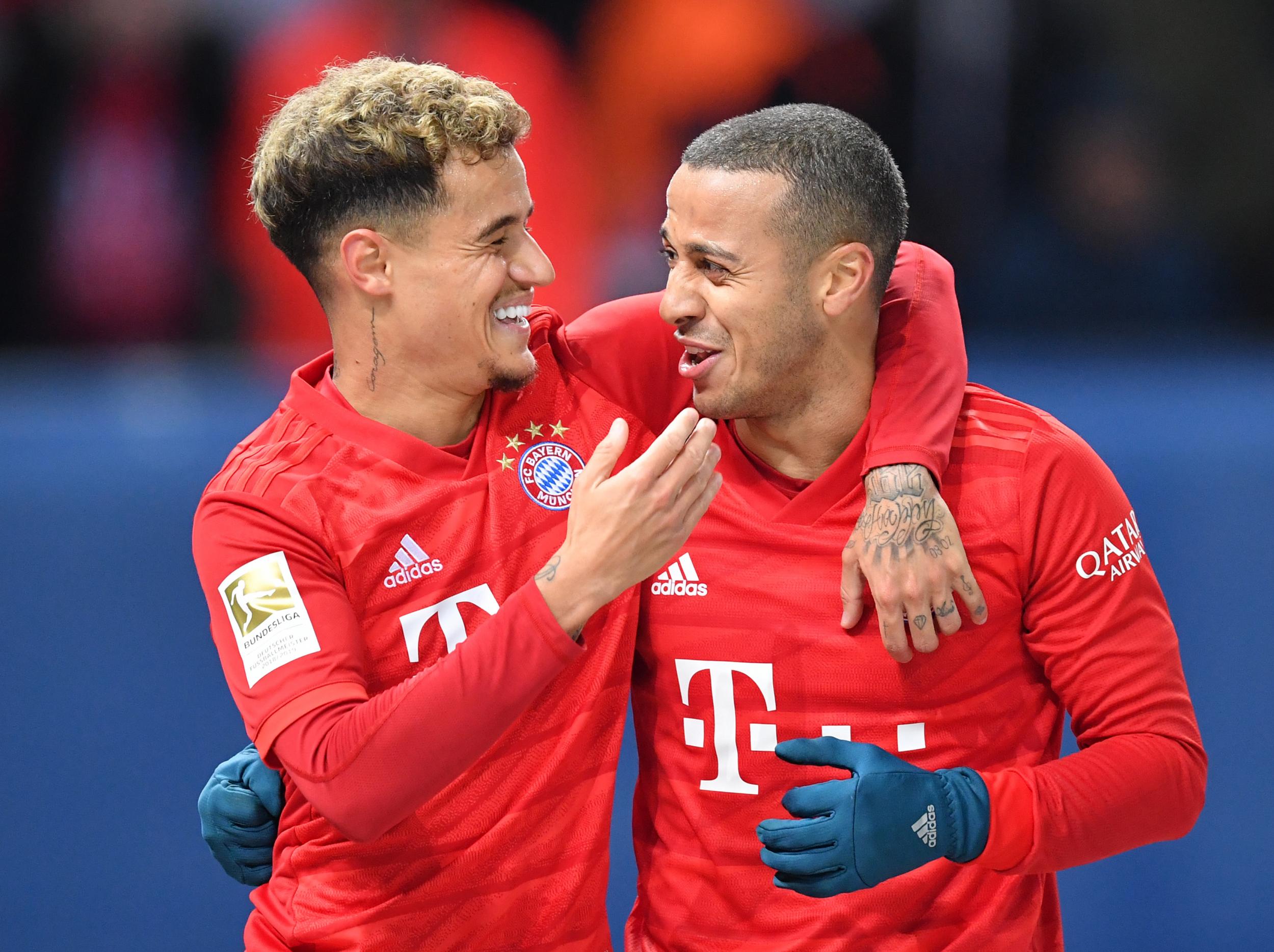
There have to be compromises to continue.
The assessment everyone has to make is how great they want that compromise to be.
“There is going to be a wider societal change in the way we think about risk,” the government source says. “If players don’t want to play they basically won’t be playing football until there’s a vaccine. I suspect the rest of society will be back.”
It is not that football is being subjected to different treatment, then, it is that it is being subjected to the same thought process as every other non-essential business.
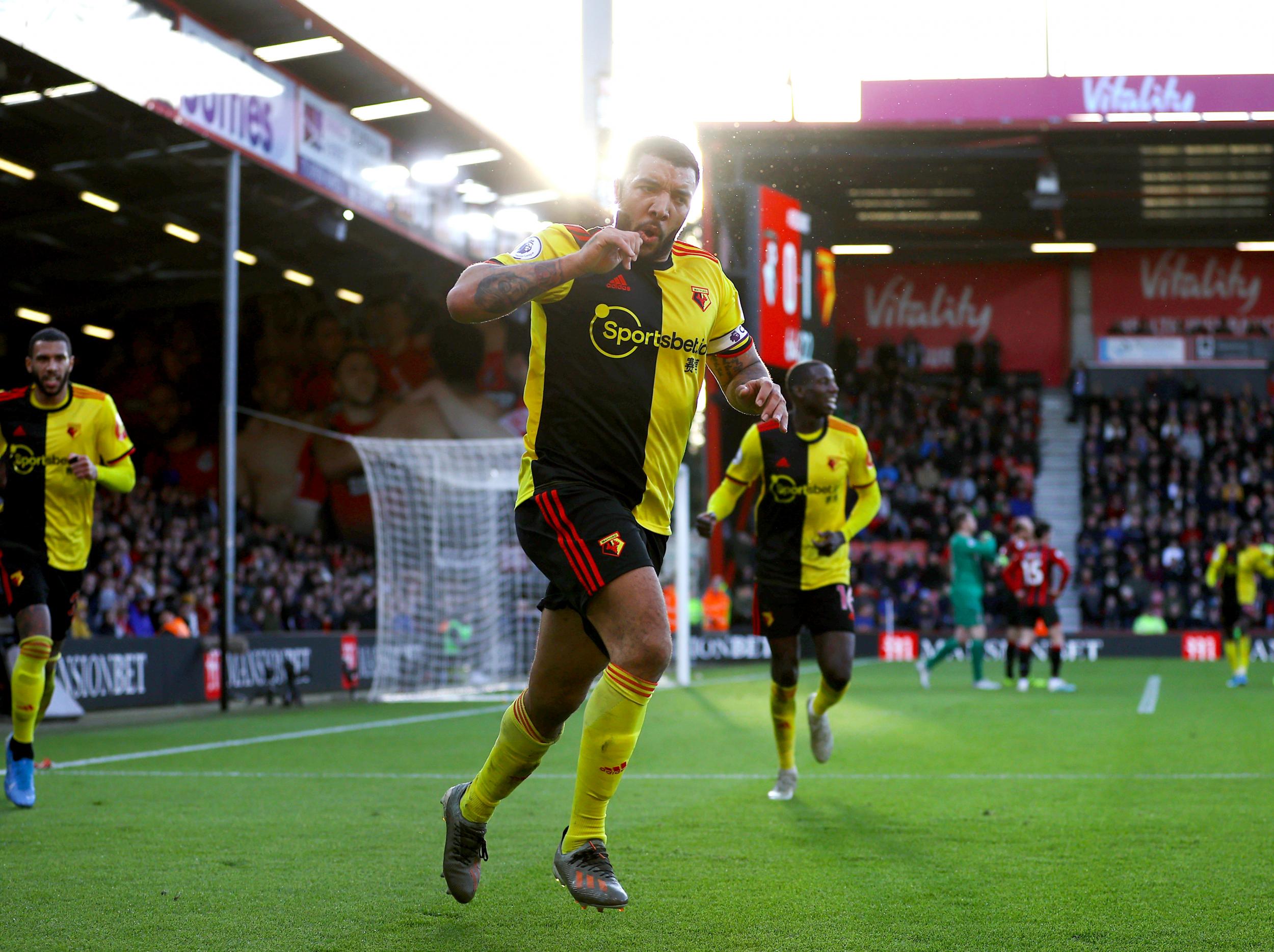
The primary motivation may be economic, yes, but it is not the “greed” normally associated with that. It is much more basic.
At the same time, players have been told they will not be forced to return. The government’s 14-point plan explicitly states any decision will be “personal”, and involve written consent.
Players have been someway wary of this, since they don’t want to sign any waivers, and that has raised the complicated problem of “liability if the unthinkable happens”.
It is obvious, however, clubs will have to allow for individual opt-outs. Danny Rose is far from alone in feeling so strongly about this.
“I will inform my player of the likely consequences of such a decision,” one agent says. “Then I’d fight the club on his behalf.”
One of those consequences might be much more practical. A player would not be able to sell himself, at a time when this is not a player’s market. Clubs will struggle to buy. This is likely to be the best contract they can get for some time.
It is just another issue complicating the thinking.
Clubs, for their part, will be open-minded about this. Many sources believe the players will be the same. They maintain the majority want to go back and, as in Germany, those with concerns will likely just go along with teammates.
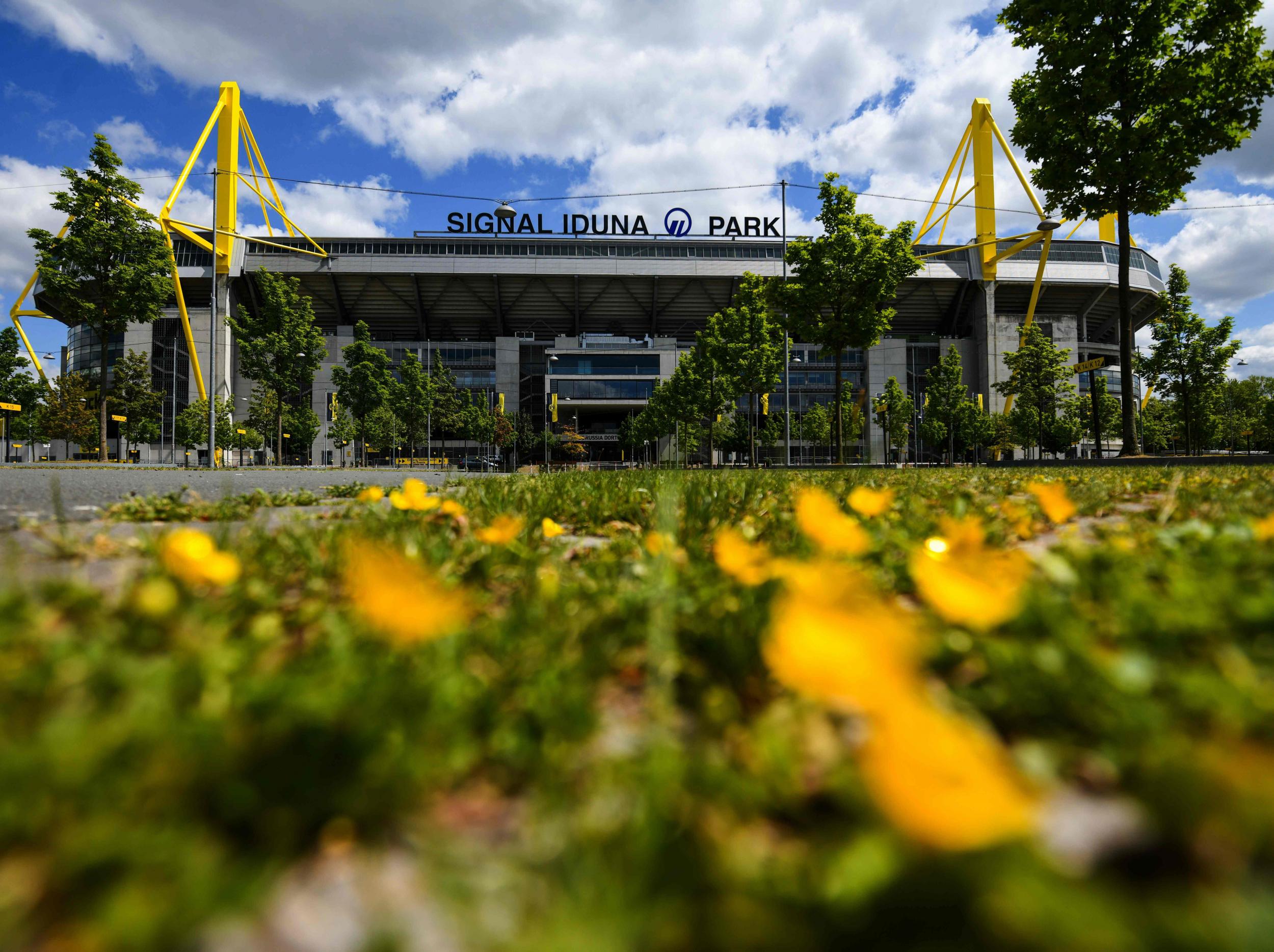
Germany itself could prove influential. If Bundesliga games are played with minimal problems, it will cause a shift in the thinking. It will all feel more “normal”.
Part of the wider problem with this is it’s involved a change to life so unprecedented that, psychologically, any change within that feels like a massive risk.
The extent of risk, however, is ultimately what everyone is going to have accept.
This is the new reality, for what may be a new era of football. It comes with big dilemmas. The biggest is on those at the heart of the sport.
Join our commenting forum
Join thought-provoking conversations, follow other Independent readers and see their replies
Comments